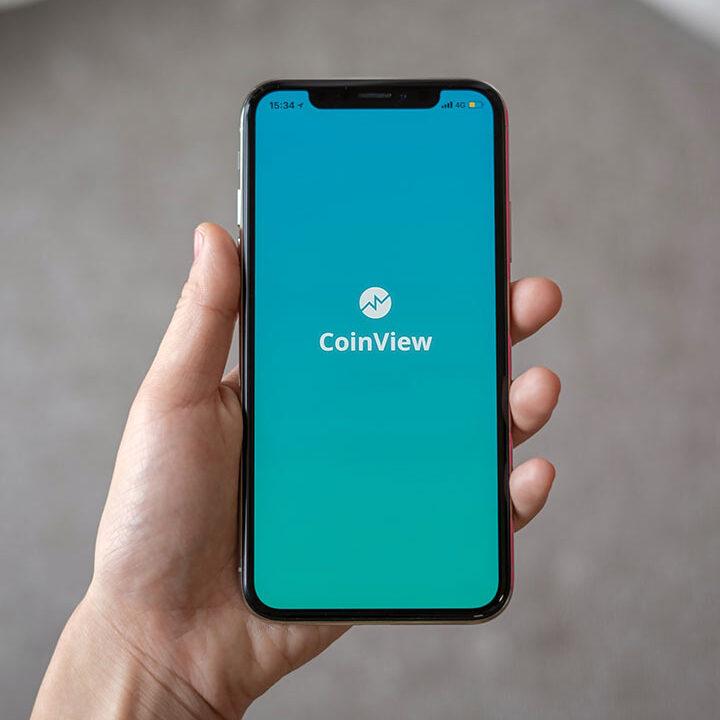What Is Carbon Dating? National Institute Of Justice
When they hit the environment, they collide with atoms within the atmosphere in various ways to kind secondary cosmic rays that have less vitality. These secondary cosmic rays then collide with different issues on Earth, together with humans. We get hit with secondary cosmic rays all the time, but we aren’t injured as a outcome of these secondary rays have decrease energy than main cosmic rays. Radio carbon courting determines the age of ancient objects via measuring the quantity of carbon-14 there’s left in an object. A man known as Willard F Libby pioneered it on the University of Chicago within the 50’s. This is now essentially the most widely used technique of age estimation within the subject of archaeology.
How radiocarbon courting works
Professor Willard Libby produced the first radiocarbon dates in 1949 and was later awarded the Nobel Prize for his efforts. Archaeology was one of the first, and remains the most important, disciplines to make use of radiocarbon dating and for this reason many enter into the lab via combining chemistry and archaeological research. It has a greater impact on our understanding of the human past than in another subject. Essentially, carbon-14 concentrations within the environment fluctuate because of things like time, geographic location, and the burning of fossil fuels. For instance, fossil fuels started being burned considerably through the industrial revolution of the nineteenth century. Because of this, the CO2 emitted diluted the focus of carbon-14 in the ambiance.
How accurate is radiocarbon dating?
For the second issue, it will be necessary to estimate the overall quantity carbon-14 and compare this against all other isotopes of carbon. Libby cleverly realized that carbon-14 in the environment would discover its way into residing matter, which would thus be tagged with the radioactive isotope. Theoretically, if one might detect the amount of carbon-14 in an object, one may set up that object’s age using the half-life, or price of decay, of the isotope. In 1946, Libby proposed this groundbreaking idea in the journal Physical Review.
What is carbon dating?
to information our thinking about the past—this includes our understanding of the
Carbon-14 content in the atmosphere somehow changed over a time frame due to atmospheric effects. The atmospheric adjustments datelnasia embody volcanic eruptions and the burning of excessive carbon. As we’ve seen, radioactivity is “natural,” and all of us contain things like radioactive carbon-14. There are also a selection of man-made nuclear parts within the surroundings which would possibly be dangerous. Nuclear radiation has highly effective benefits, such as nuclear energy to generate electricity and nuclear medication to detect and deal with disease, in addition to vital risks. Neutron radiation can be utilized to make nonradioactive atoms turn into radioactive; this has practical purposes in nuclear drugs.
Radiocarbon helps date historical objects—however it’s not perfect
a pre-existing belief in evolution. But even radiometric dating does not actually
The major counterclaim is that the cloth had been contaminated by trendy handling, by soot from medieval candles, by water, and by hearth. However, consider what it might take to convey a carbon date forward by thirteen centuries. Datable objects from the time of Christ should have about seventy eight pMC (percent trendy carbon).
Where ln is the pure logarithm, Nf/No is the p.c of carbon-14 within the sample compared to the quantity in living tissue, and t1/2 is the half-life of carbon-14 (5,700 years). This article would not have been potential without their positive criticisms. When you examine Egyptian historical past carefully, you will note well-attested intervals interspersed with periods of full confusion. Some “dynasties” have but a single pharaoh listed; others have an unimaginable variety of pharaohs in a short amount of time. The late periods (e.g., the Ptolemaic and New Kingdom periods) have essentially the most constant and detailed histories.
Challenges of the method
Carbon dioxide is consumed by dwelling organisms (plants) via photosynthesis for meals. Radiocarbon dating (also referred to as carbon relationship or carbon-14 dating) is a method for figuring out the age of an object containing organic materials by utilizing the properties of radiocarbon, a radioactive isotope of carbon. There are many different kinds of radiometric dating which would possibly be used to date things which are non-organic (which is part of how we determine the age of the Earth).








